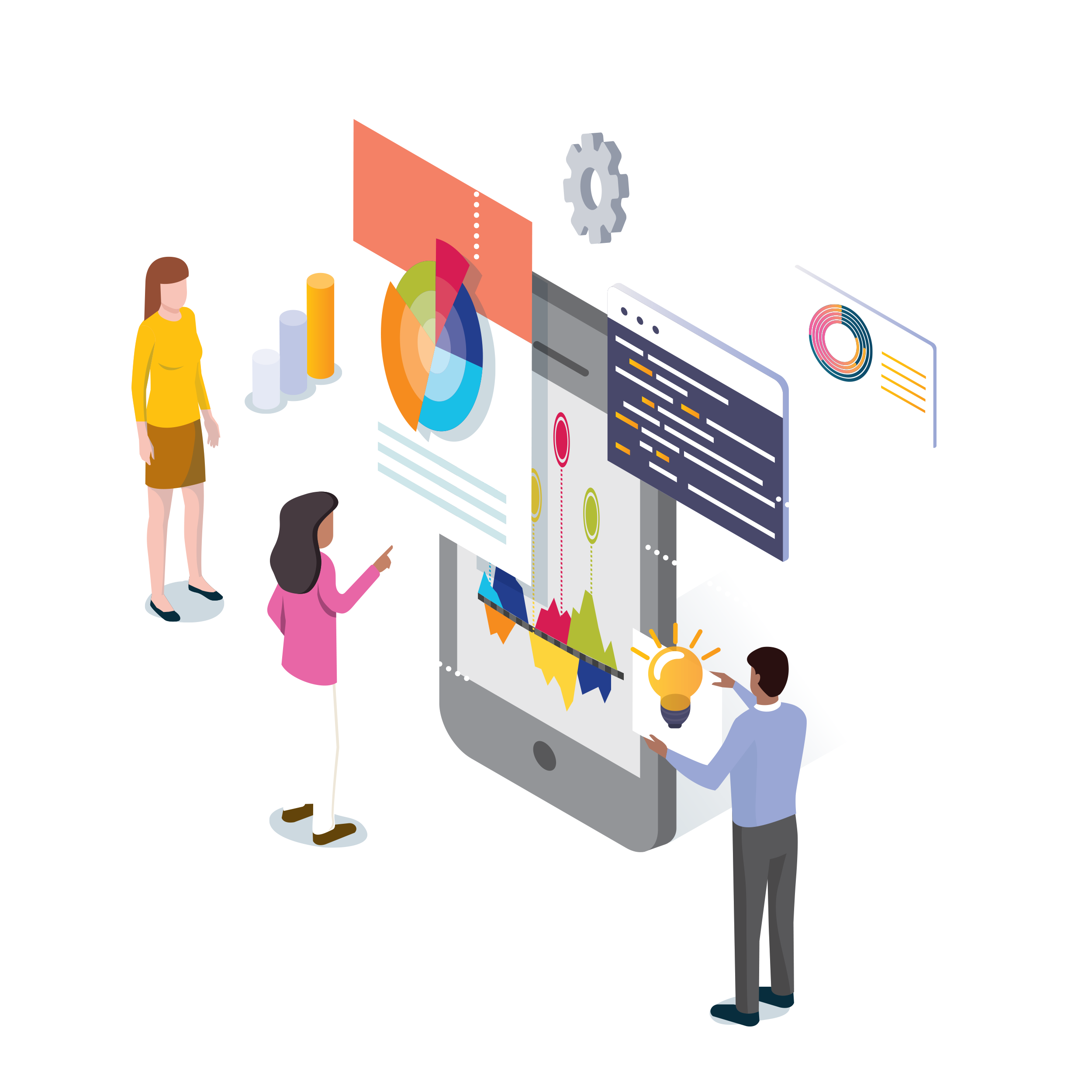Long-term Memory
Factor Connections
Hover to see how factors connect to Long-term Memory. Then click connected factors to explore strategies related to multiple factors.
How Long-term Memory connects to...
Long-term Memory can store information indefinitely. We can move skills and knowledge into Long-term Memory by repeatedly practicing. When students have math skills, background knowledge, and arithmetic facts in their Long-term Memory, they have the tools they need to tackle new math problems.
Main Ideas
Information in Short-term Memory that is the focus of Attention can move to Long-term Memory, where it is available for use in other activities.
Explicit memory (declarative memory) refers to memories that can be consciously remembered.
Episodic Memory is for the storage of daily personal experiences and specific events in time, such as what we ate for breakfast yesterday.
Semantic Memory is for memories of facts, such as memorized arithmetic facts (e.g. 2+2 = 4), and general knowledge about the world, such as Tokyo is in Japan. The time and place this knowledge was learned is not typically known.
Implicit (Nondeclarative) Long-term Memory stores the memories that do not require conscious thought.
Procedural Memory involves learning a sequence of actions, such as riding a bike and doing math operations. These are automatically retrieved and used for doing these tasks.
Emotional Memory involves a change in how stimuli are approached based on a past negative or positive experience, such as someone avoiding food that previously made them ill.
Schemas exist in Long-term Memory as an organizational system for our current knowledge and provide a framework for adding future understanding. New information that comes into our Long-term Memory may be more readily encoded in memory when it is consistent with a current schema making learning easier when we have the appropriate Background Knowledge as context.


